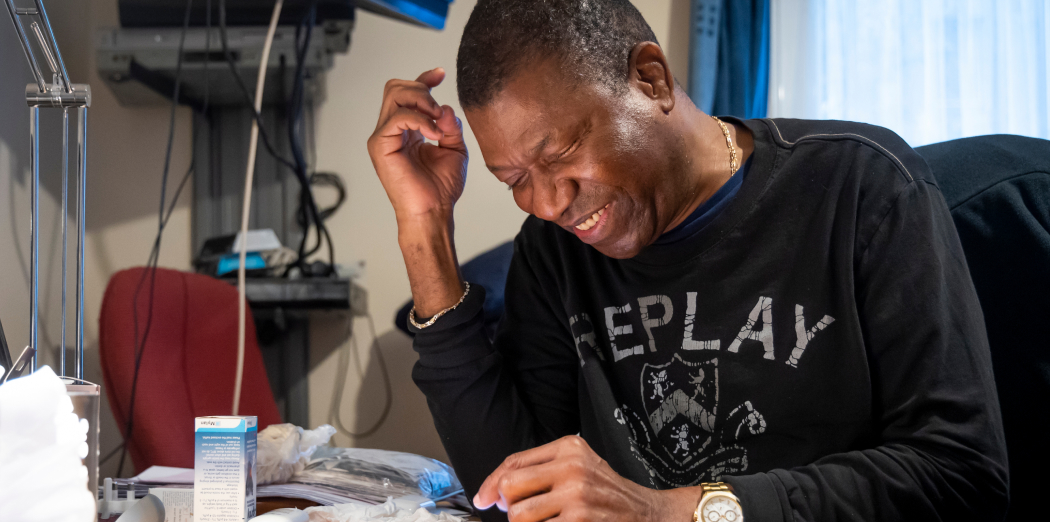Understanding older adults’ active travel
2019 MIRA Postdoctoral Fellow
Canada’s population is aging rapidly: 16.9% of the population in 2016 was 65 years of age or older, and population projections estimate that seniors could make up almost one-quarter of the population by 2031. Promoting the health and well-being of this growing aging population is a pressing contemporary issue. A key factor relating to older adults’ quality of life is their mobility. Not only is mobility a basic human need associated with independence, health, and well-being, it is also important for older adults wishing to “age in place”: to remain living in their homes or their communities with some level of independence, rather than in residential care. In order to successfully age in place, older adults need to remain mobile to stay physically and mentally active and to access desired people and places to meet their daily needs and participate in social life. This project explored older adults’ experiences using public transportation (HSR, DARTS, or the taxi-script program) in Hamilton. Preliminary results indicate that there is significant work required for older adults who have little experience using public transportation to learn how to navigate public transit use. Results from this study will contribute to our understanding of how older adults can maintain independent mobility as they age and transition from driver to non-drivers, contributing to a greater understanding of how to foster age-friendly cities.
Léa Ravensbergen
School of Geography and Earth Sciences
Supervisor: Bruce Newbold, School of Geography and Earth Sciences
Mentors: Rebecca Ganann, School of Nursing,
Christina Sinding, Department of Social Work




